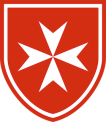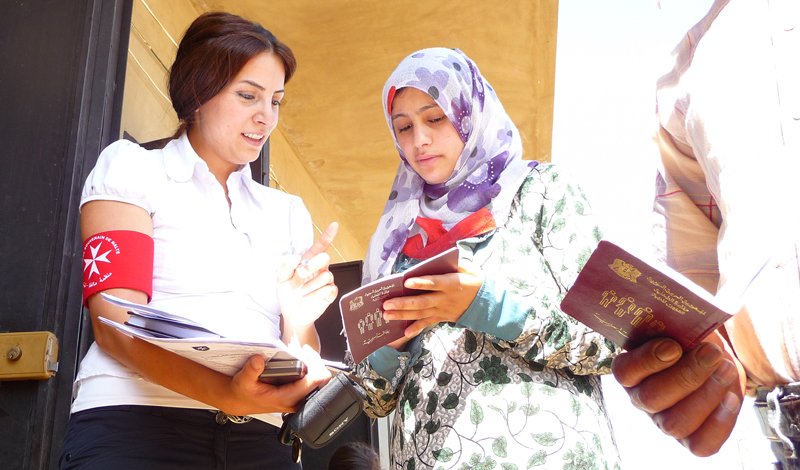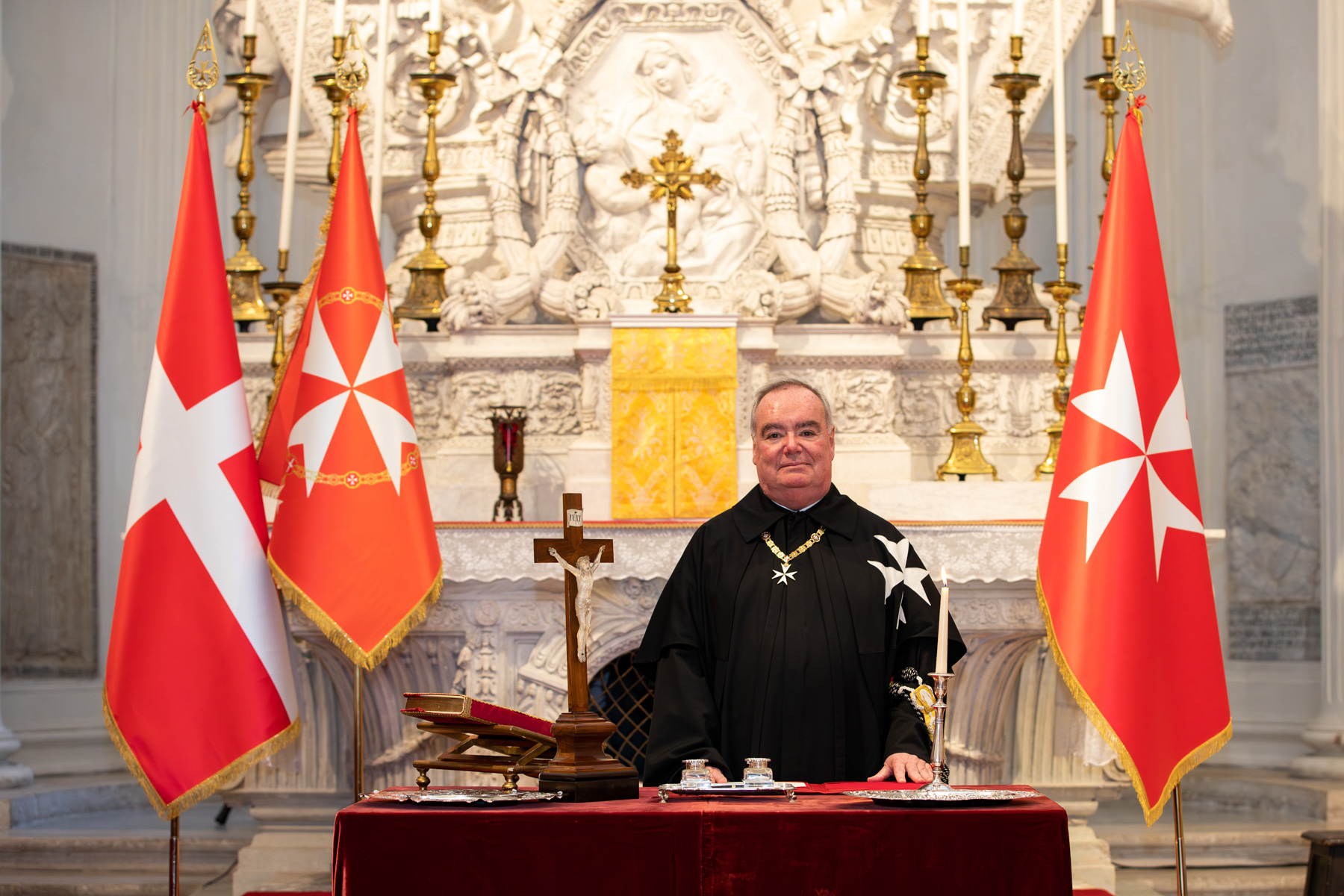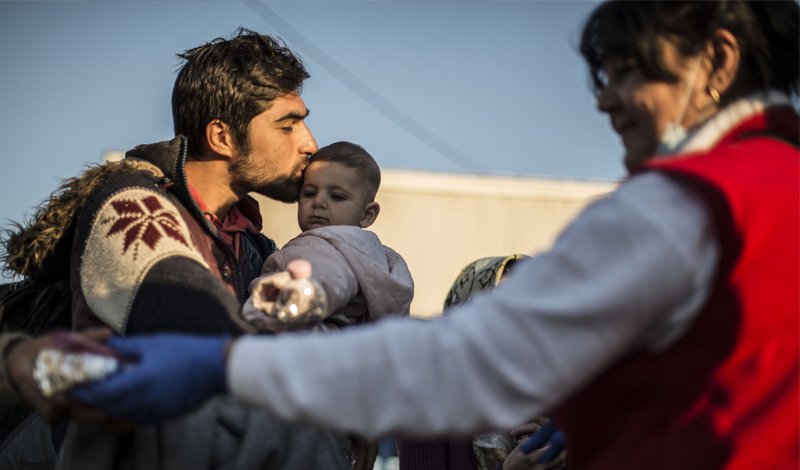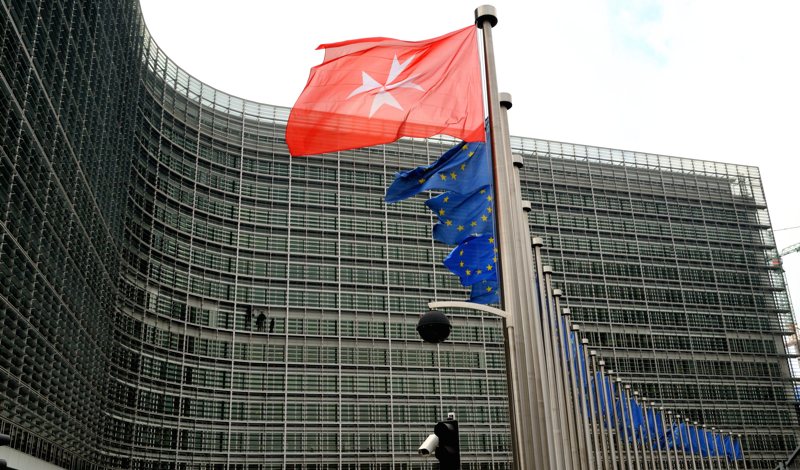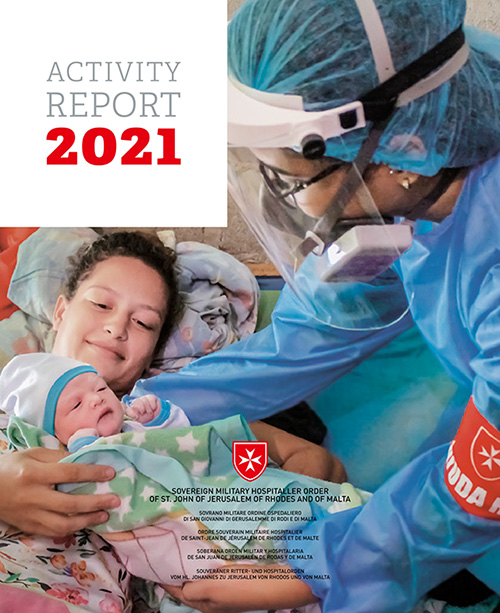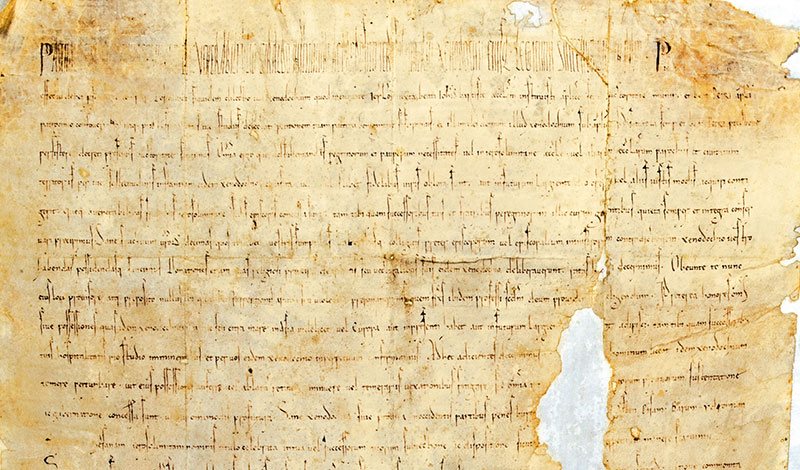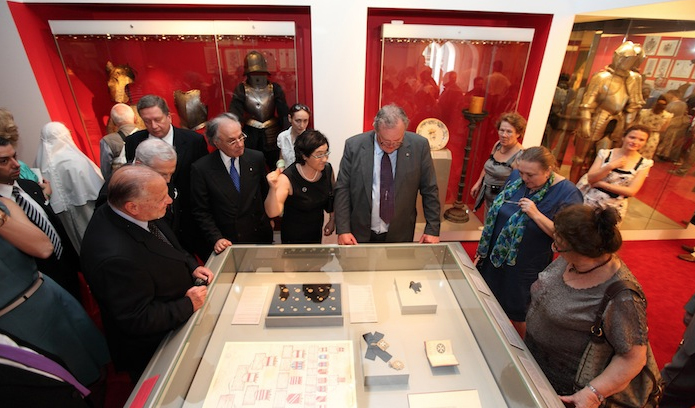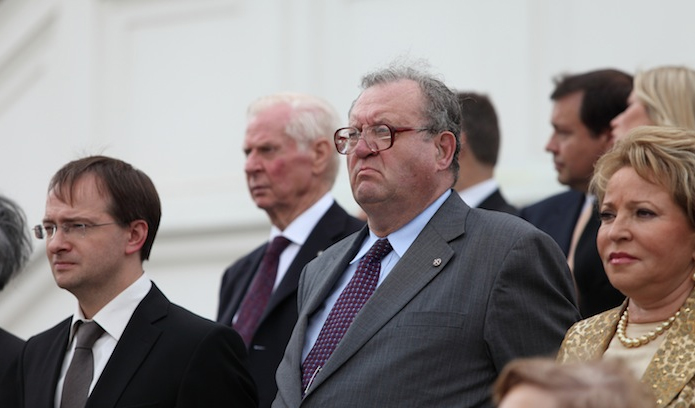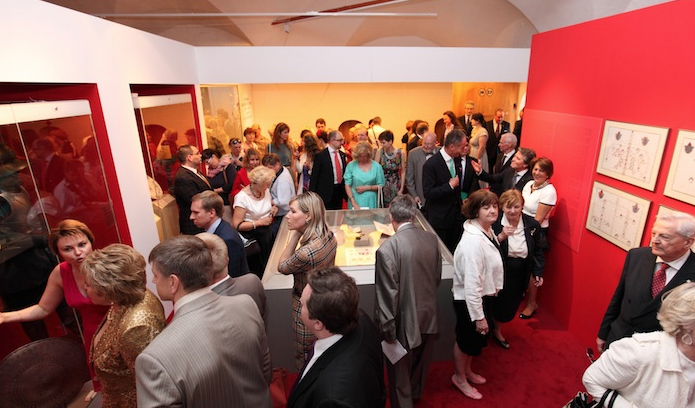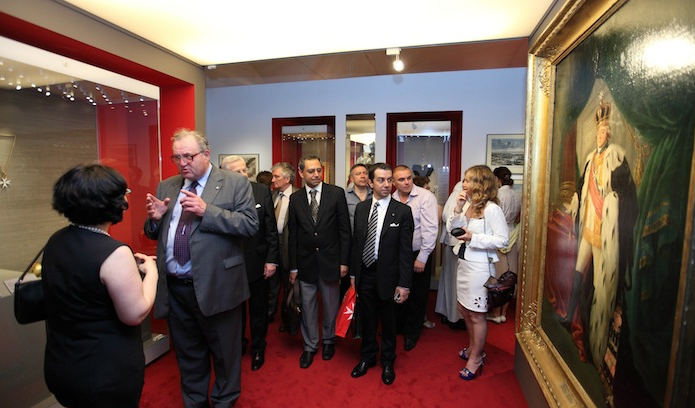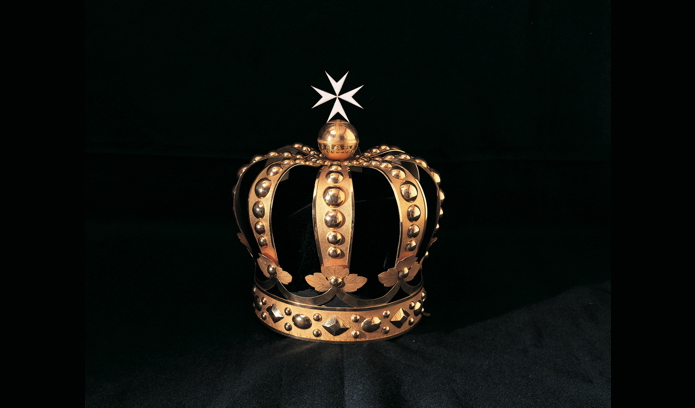On the 5th July the Grand Master of the Sovereign Order of Malta, Fra’ Matthew Festing, inaugurated an exhibition in the rooms of the Kremlin Museum in Moscow – together with the Minister of Culture of the Russian Federation, Vladimir Medinskiy, and the director of the museum, Yurevna Gagarina – entitled: Treasures of the Order of Malta. Nine centuries at the service of faith and charity.
Over 200 items including pictures, statues, arms, uniforms, manuscripts and unique pieces, all coming from museums across numerous countries, are being displayed in Russia for the first time. Many of the works have been gathered from the Museums of the Kremlin, St.Petersburg, Gatchina and Pavlovsk, as well as loans from the Louvre Musuem, from Italian museums including the Palazzo Pitti in Florence, the Maritime Museum of Malta, and the National Library of Valletta, Malta, and works belonging to the Order itself.
In inaugurating the exhibition the Grand Master said: “The cooperation between experts of some of the most illustrious cultural institutions of our continent has brought to the Moscow Museum an unprecedented number of masterpieces. They are testimony of the Order of Malta’s historical and art heritage and the centuries-old involvement of Grand Masters and members of the Order with the European artistic tradition. I am hopeful and confident that the beauty and wealth of this exhibition will foster a greater and better knowledge of our ancient Order and will help the Russian people to get a clearer view of its nine centuries old history and of its medical and humanitarian mission in the contemporary age.”
Among the most important exhibits are Caravaggio’s Portrait of Antonio Martelli, from the Palazzo Pitti in Florence and the icon of Mt. Fileremo, which for centuries has been at the heart of the spirituality of the members of the Order of Malta, and which, thanks to the Franciscan Fathers, has temporarily left the Basilica of the Porziuncola in Assisi. Coming from Malta is the armour of Grand Master Jean de La Vallette and Grand Master Alof de Wignacourt. Many of the exhibits were created by some of the best artisans in Europe, and as well as being historic heirlooms, are genuine artistic treasures.
The historic link between the Order of Malta and Russia goes back to 1798. After the fall of Malta Tsar Paul I of Russia offered shelter to the Order. Although not Catholic, and lacking the requisites to be elected Grand Master, Tsar Paul defended the Order, thus preserving its historic and political continuity during the most dramatic phase of its long existence. Among the items in the Kremlin are the crown, dagger and seal which Tsar Paul I commissioned for his coronation as Grand Master of the Order. Thus, with this historic link, the eight-pointed cross – the symbol of the Order of Malta – became a part of the symbols of Imperial Russia from then until the revolution.
In one section of the exhibition, a documentary describes the characteristics of the medical and humanitarian works of the Order of Malta in Russia and in more than 120 countries of the world.
The exhibition, organised by the Embassy of the Sovereign Order of Malta in Russia to mark the occasion of the 20th anniversary of the establishing of official relations, and under the patronage of the Ministry of Culture of the Russian Federation, is open until 9th September 2012.
